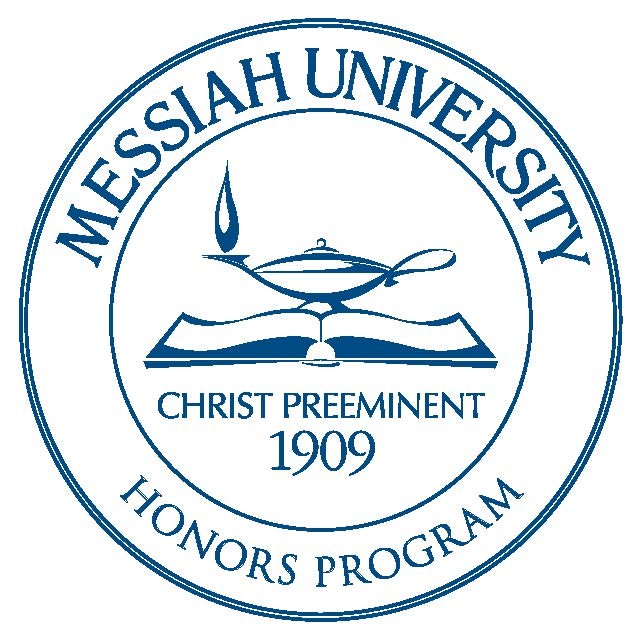Date of Award
Spring 2023
Document Type
Open Access Thesis
Department
Chemistry and Biochemistry
First Advisor
Jesse Kleingardner
Abstract
Metal ions are key in regulating many biological functions, but their accumulation is associated with neurological diseases. Cellular metal ion concentrations are often detected through exogenous fluorescent dyes, but less invasive and more specific detection can be done using genetically encoded FRET-enabled metal-binding proteins, such as Twitch-2B. Twitch-2B and other ratiometric proteins change conformation when a calcium ion is bound to the active site, initiating an energy transfer between two fluorescent peptides that can be quantified through fluorescent spectroscopy. Previous analyses have demonstrated that wild-type calcium binding can be accurately detected via this method for concentrations from 10 uM to 85 mM. These detectable calcium concentrations are within the limits of calcium found in the human body, demonstrating that Twitch-2B is a viable in vivo detection method. By mutating the calcium binding site to preferentially bind alternate metal ions zinc, copper, nickel, iron, or manganese while retaining or increasing the sensitivity of the binding and fluorescent energy transfer, a simple detection method for transition metals could be produced. Through a screening process of the wild-type proteins against each of the five metal ions with and without calcium present, it was determined that wild-type Twitch-2B has slight active site affinity for manganese, copper, nickel, and zinc. Kinetic analyses with calcium present indicated that there are also some additional allosteric inhibitions that could impact screening, especially with zinc ions. A library containing 1024 combinations of cysteine and histidine residues at ten different key residues was designed, amplified, and purified to maximize transformation efficiency. After a long troubleshooting process, the mutant plasmid was successfully recombined using NEBuilder and transformed into T7 Express E. coli cells using electroporation with a transformation efficiency sufficient for complete library production. Ongoing high throughout fluorescent screening of the 1500+ existing colonies will be done to identify and sequence specific mutants with the greatest affinity for each of the metal ions.
Recommended Citation
Mateer, Sarah, "Repurposing the Calcium Biosensor Twitch-2B: Creating Transition Metal Detection Proteins Through Fluorescent Analysis" (2023). Honors Projects and Presentations: Undergraduate. 439.
https://mosaic.messiah.edu/honors/439
Mateer_HonorsPresentation2 - Sarah Mateer.pptx (80651 kB)


